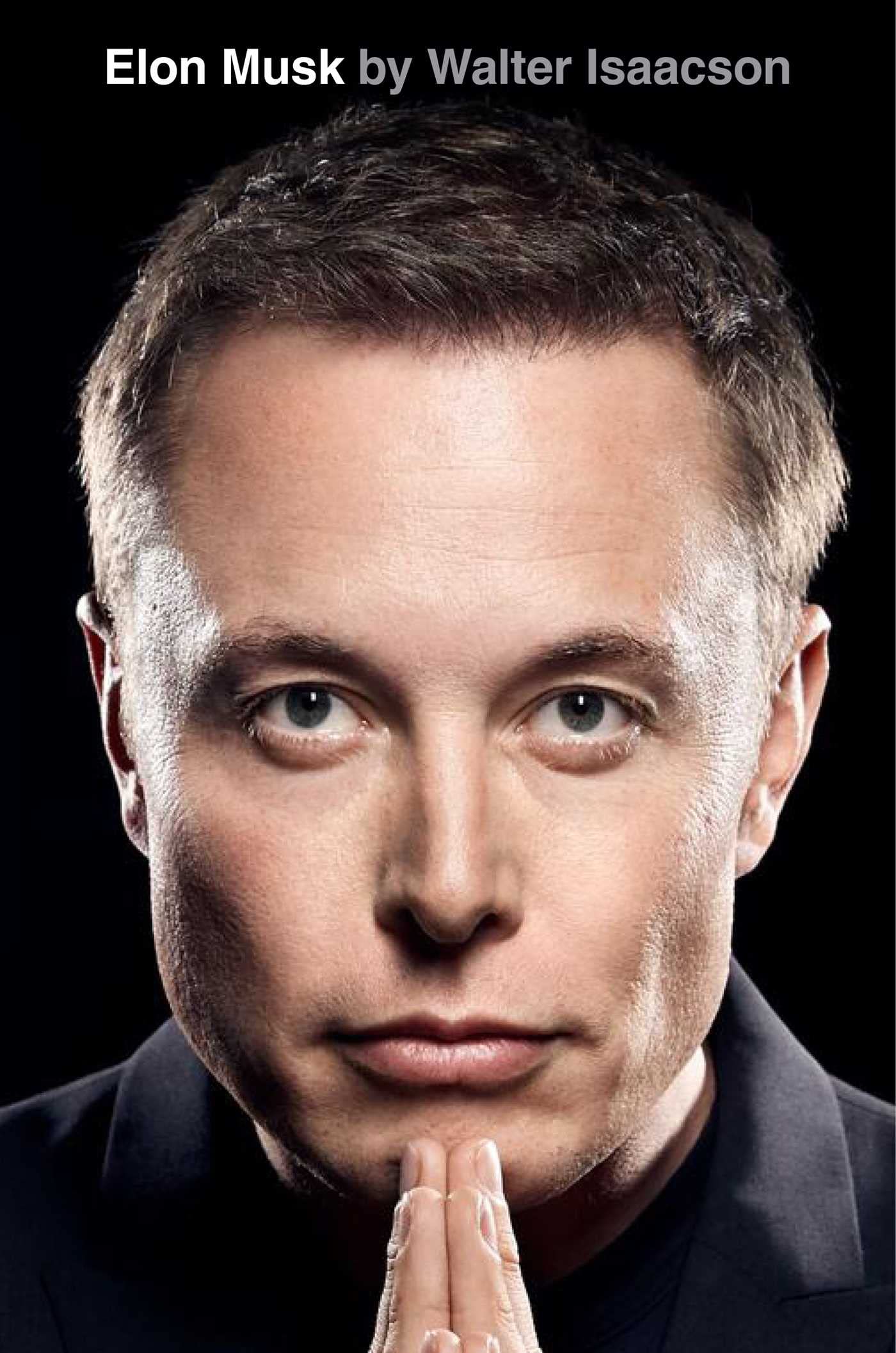29. On the Brink
byOn the Brink of collapse in early 2008, Tesla found itself celebrating a small yet highly symbolic achievement—the successful production of its first Tesla Roadster, codenamed “P1,” at its Palo Alto facility. While this moment signified a step forward for the young electric car company, it did little to shield Tesla from the storm it was facing. The broader economy was unraveling under the weight of the global financial crisis, making the survival of a capital-intensive startup even more precarious. Unlike established automakers such as Ford, which had the resources and financial cushion to weather economic downturns, Tesla stood on fragile ground, with its future hanging in the balance.
Elon Musk, as Tesla’s chief visionary and financial backer, was acutely aware of the company’s perilous position and was willing to take unprecedented risks to keep it afloat. One of his most controversial decisions during this time was using customer deposits to fund production—a desperate but necessary measure to cover operational expenses. While unconventional and legally ambiguous, this move bought Tesla the critical time it needed to keep its manufacturing process moving forward. However, the pressure was mounting, and Tesla was quickly running out of options, with bankruptcy looming as an ever-present threat.
As Tesla struggled to maintain operations, Musk found himself increasingly reliant on external financial support, turning to friends, investors, and business associates to raise funds. His brother Kimbal, along with high-profile figures such as Google co-founder Sergey Brin, stepped in with personal investments to help stabilize Tesla’s finances. Their belief in Musk’s vision, despite the overwhelming odds against the company’s success, became an essential lifeline in what was arguably the most precarious moment in Tesla’s history. These investments were not just financial contributions but also demonstrations of faith in Musk’s relentless drive to keep Tesla alive, even as other automakers abandoned electric vehicle projects altogether.
At the same time, Musk was facing an equally dire situation at SpaceX, where a series of failed rocket launches had placed the company’s survival in jeopardy. Managing two struggling ventures simultaneously pushed Musk to the limits of his financial and emotional endurance. He split his attention between keeping Tesla operational and ensuring SpaceX had enough funding to attempt another launch—both companies were in desperate need of a breakthrough. The immense stress of these parallel crises led Musk to make drastic personal sacrifices, pouring every last bit of his own fortune into keeping his ventures afloat.
The financial pressure extended beyond Musk himself, affecting Tesla’s employees, many of whom were working under the constant fear that the company would not last through the year. Layoffs were inevitable, and cost-cutting measures were implemented across the board in an effort to keep the company running on minimal resources. Tesla’s leadership team, despite their own concerns, continued to push forward, knowing that a single misstep could mean the end of the company. Musk’s ability to inspire unwavering dedication among his team members played a crucial role in Tesla’s ability to survive these trying times.
Despite the chaos surrounding Tesla and the external skepticism from industry analysts, Musk refused to give up. He saw Tesla not just as a company but as a mission—a critical step toward reducing global dependence on fossil fuels and reshaping the automotive industry. His unwavering belief in this mission, coupled with sheer determination, enabled him to navigate one of the most turbulent periods of his career. The challenges of 2008 would later be recognized as the crucible that forged Tesla’s resilience, setting the stage for its eventual dominance in the electric vehicle market.
As the year came to a close, the combination of last-minute financial maneuvers, investor faith, and Musk’s relentless determination helped Tesla scrape through one of the darkest moments in its history. What seemed like an imminent collapse at the time would ultimately become a defining chapter in the company’s journey. The lessons learned during this crisis would shape Tesla’s future strategy, reinforcing Musk’s belief in aggressive innovation and risk-taking. This period of extreme hardship would serve as a testament to Musk’s ability to persevere against all odds, laying the groundwork for Tesla’s transformation from a struggling startup to a global leader in electric vehicles.


